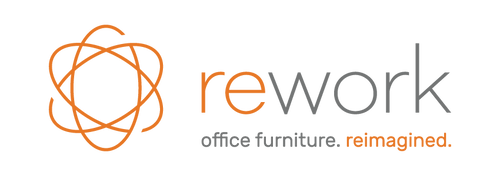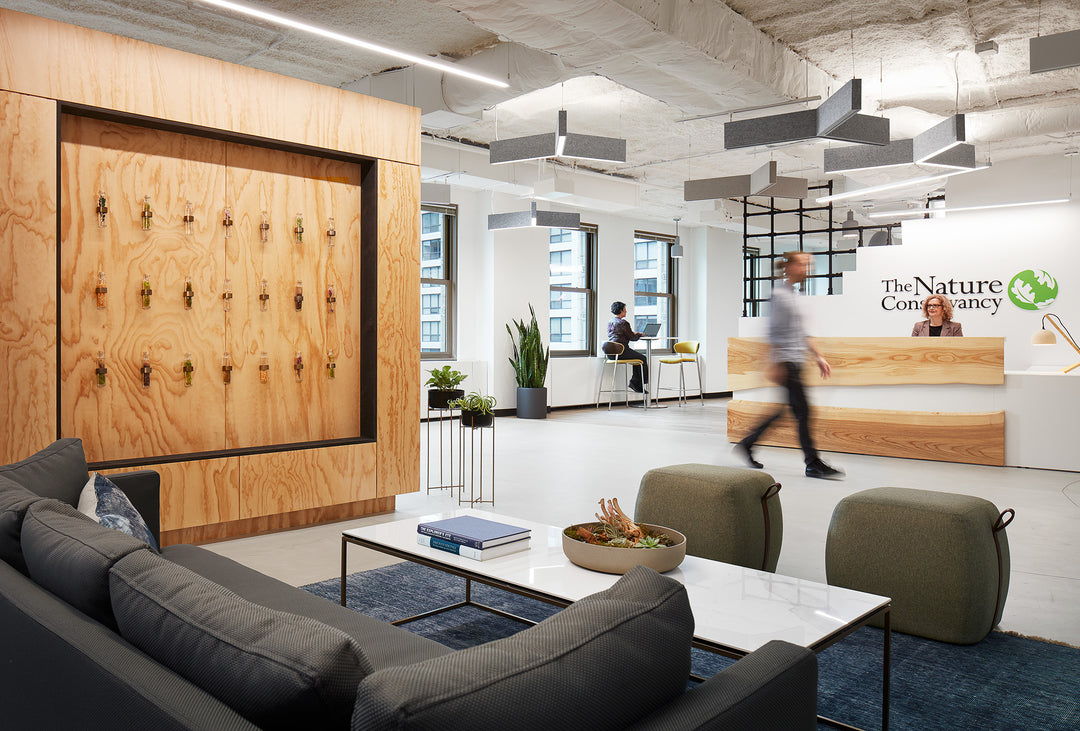The Importance of Workplace Ergonomics
If you work in an office, you’ve probably heard the term “workplace ergonomics”, but why is it so important? Over 40% of workers surveyed spend at least a quarter of their work week on manual, repetitive tasks, and office employees can spend upwards of 8 hours per day sitting at their desks. This can do some serious damage to your body if you aren’t sitting correctly. It’s easy to understand the importance of being properly situated at our desks to eliminate neck and back pain, but ergonomics in the workplace actually goes much deeper than just a comfy chair.
Why is workplace ergonomics important?
Workplace Ergonomics is the science behind creating the perfect workstation for the capabilities and limitations of the employee. Ergonomics studies show that comfortable employees are more productive and efficient, and an ergonomically correct office can increase retention and employee morale. When you combine these factors, you get a safer, happier, more cost efficient workplace.
What is the ergonomically correct way to sit at my desk?
It’s important to maintain good posture to ensure proper alignment of your back and hips while sitting at an office desk. Sitting straight against the back of a desk chair is recommended, and it’s important to choose something with adequate lumbar support like this task chair. Your computer monitor should be placed 20-40 inches directly in front of the desk chair and approximately 15-20 degrees from eye level. Avoid placing your computer monitor(s) in one corner of a desk, as constantly turning your neck will result in neck pain over time. Using an earpiece to avoid neck-cradling a phone is another way to eliminate neck pain. Ear pieces also drown out distracting workplace noise, an added bonus.
Less stress is placed on your arms when they are at 90 degree angles and close to your sides. Having a ledge for your arms to rest on – such the arm of your task chair – is a great way to alleviate pain and ensure adequate circulation. Make sure that your mouse and keyboard are within a comfortable reach too, as continuous stretching in the same direction is an easy way to form a painful habit. Keep knees within a 90-120 degree angle, avoid crossing ankles and legs, and keep feet flat on the ground. If your feet don’t reach the ground, just use a footstool; your legs will thank you at the end of the day!
Is standing at work better than sitting?
Whether standing or sitting is better depends on the individual, but a blended solution is best for most people. Many experts recommend a 50/50 split between sitting and standing, and a sit to stand desk is a good way to hit that mark. Those who stand at work tend to burn more calories and are more likely to take short, frequent breaks, which is great for their body and their productivity. If you decide standing is more your speed, try using a gel mat to reduce impact to your joints.
How can I make sure my office design is ergonomic?
At Rework, we’re proud to offer many ergonomically friendly seating options, workstations and monitor arms. Our furniture experts are passionate about helping clients design ergonomically friendly solutions, and many of our partners are specially trained in workplace ergonomics. For example, if you’re in need of a deep dive ergonomics assessment, Humanscale offers a research based training and assessment program to improve worker comfort.
While workplace ergonomics is certainly an investment, you’ll find that it is well worth it over time. Ergonomically happy employees are content, engaged, and productive. If you’re thinking about making some ergonomic improvements to your office, Rework is here to help. We offer complimentary design and planning services and would be happy to assist with your next project.
If you would like more helpful information on workstation ergonomics for your office, check out our Infographic titled Correct Sitting Posture.
For more information on office furniture, industry trends, and to stay in touch, please follow Rework on Twitter and LinkedIn.




